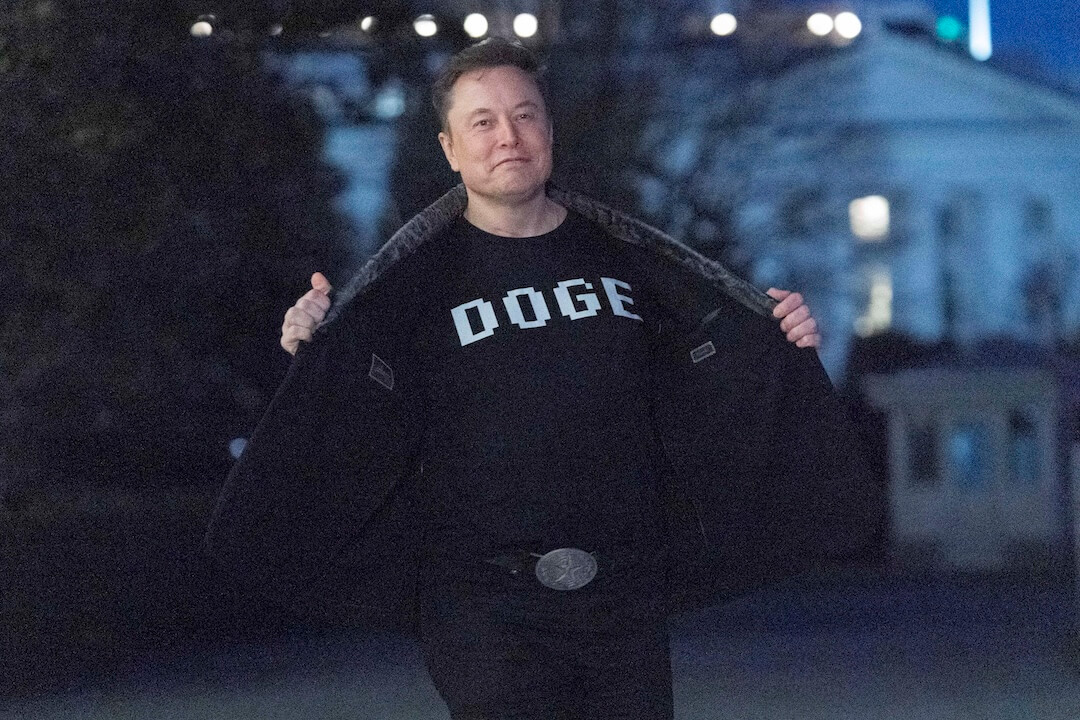CityBeat
Cincinnati Art Museum has five editorial cartoons from Theodore Seuss Geisel, but you can’t see them, Bill Sloat reported Wednesday for CityBeat.
The Seuss is not loose at the Cincinnati Art Museum, which has a stash of the good doctor’s political cartoons filed away and unavailable for public viewing in its archives.
The five cartoons were drawn for a New York newspaper’s editorial page and appeared years before Horton heard any Whos. These works date to the days when Nazis were heiling Herr Hitler. And most of the world was giving a deaf ear to the destruction of Jews that we now call the Holocaust.
Seuss was just starting the trajectory that would make him a household name. Sadly, most Cincinnatians have no opportunity for appreciation and leisurely examination of this early work. They can’t see this chapter, the one that is virtually unknown.
Sloat reports that the museum hasn’t shown the five cartoons since 1991.
Seuss was aghast by villains on the world stage. The caricatures in his newspaper cartoons include an oafish Fuehrer and a Mussolini who dwells in a snail shell under the sea. They appear in an unmistakable style that harkens Grinches to come, precursors of the fictional characters post-war Dr. Seuss imagined much more clearly. The Uncle Sam who appears in the political cartoons has a big beak — perhaps he’s an American eagle. Uncle Sam’s tall top hat surely turned up later on a famous chapeau-capped feline.
You CAN see a collection of Seuss’ pre-Lorax days from the University of California, San Diego’s Mandeville Special Collections Library, where there’s a Dr. Seuss Collection featuring his cartoons from 1941 to 1943 for PM Magazine.
Sloat, a freelancer, is also a retired reporter from the Cleveland Plain Dealer, he wrote to Poynter in an e-mail. In his story, he writes about the five cartoons and how they made their way to the Cincinnati Art Museum.
Lowell Leake Jr., a retired University of Cincinnati math professor, donated the Seuss prints to the museum in 1973. Leake’s dad was the assistant managing editor at PM and got the drawings on the day the paper closed its doors for good. Staffers went through the offices picking up mementos, a tradition among news people when a paper shutters.
“My dad scooped up some of the political cartoons,” Leake told me in 1991. (I interviewed him after Seuss’s death.) “Dr. Seuss was pretty unknown at the time, it’s sort of luck that my dad picked them up.”
Sloat, who wrote about Seuss’ death in 1991, did get to see the cartoons, he said in an e-mail, “they let me see them because I knew about them.”








